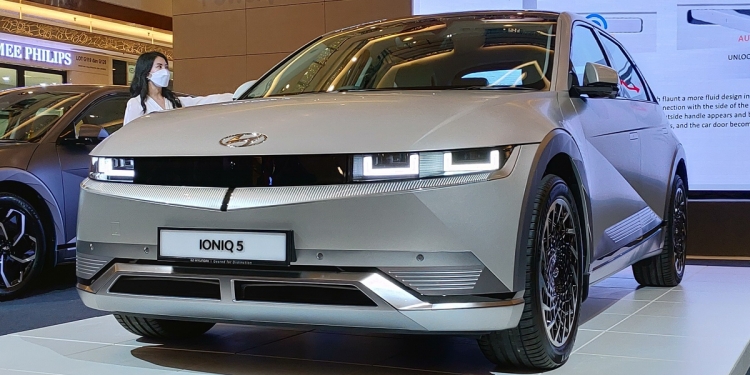Hyundai-Sime Darby Motors (HSDM) has officially launched the Hyundai Ioniq 5 electric vehicle (EV) here in Malaysia. This is Hyundai’s second EV in Malaysia after the Kona Electric, which was launched late last year.
Hyundai Ioniq 5 variants and pricing in Malaysia
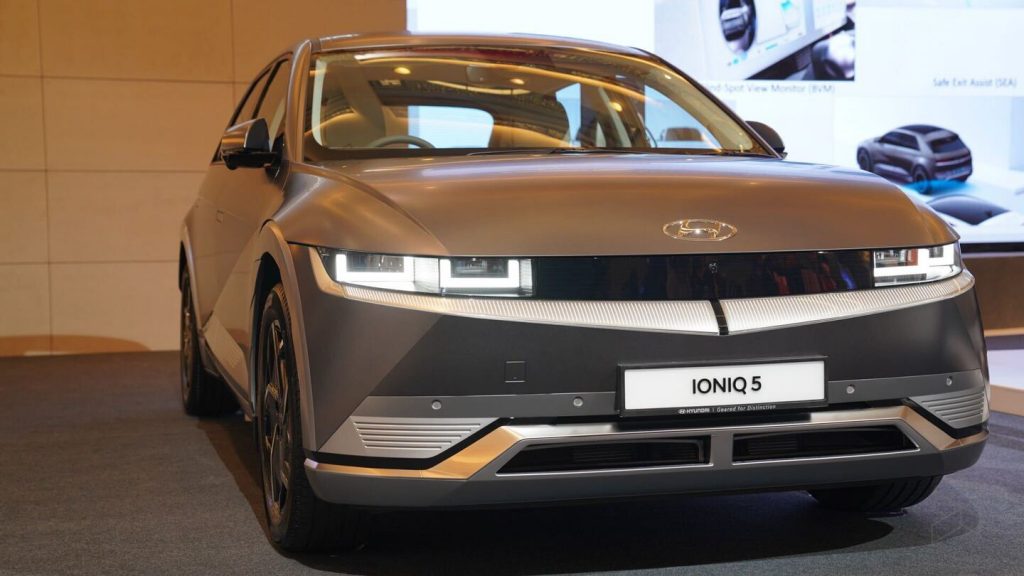
The Hyundai Ioniq 5 will be offered in three variants in Malaysia – Lite, Plus and Max. The Lite and Plus are equipped with a 58.2kWh battery paired with a single motor powering the rear wheels exclusively. This combination produces 168hp and 350Nm of torque. The century sprint is completed in 8.5 seconds. Though they share the same powertrain, the Plus model will be equipped with a better equipment list compared to the Lite.
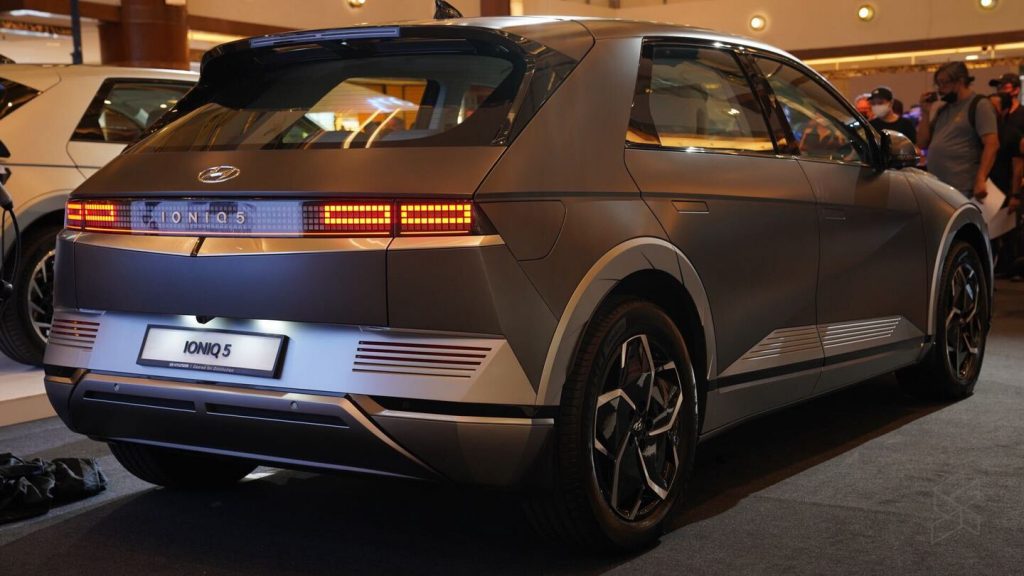
Finally, at the top sits the Max which packs a 72.6 kWh battery and dual motors powering all four wheels. Power output is rated at 300hp and 605Nm of torque. Accelerating from 0 to 100km/h takes 5.2 seconds. Regardless of which model you go for, they will be limited to a top speed of 185km/h.
Here’s the official pricing for the Hyundai Ionic 5 in Malaysia. At the moment, the EV is exempted from import and excise duties, sales tax and road tax as announced during Budget 2022.
- Hyundai Ioniq 5 Lite (58.2kWh) – RM199,888
- Hyundai Ioniq 5 Plus (58.2kWh) – RM229,888
- Hyundai Ioniq 5 Max (72.6kWh) – RM259,888
All models will come with 2 years or 50,000km warranty for the vehicle and 8 years or 160,000km warranty for the battery pack.
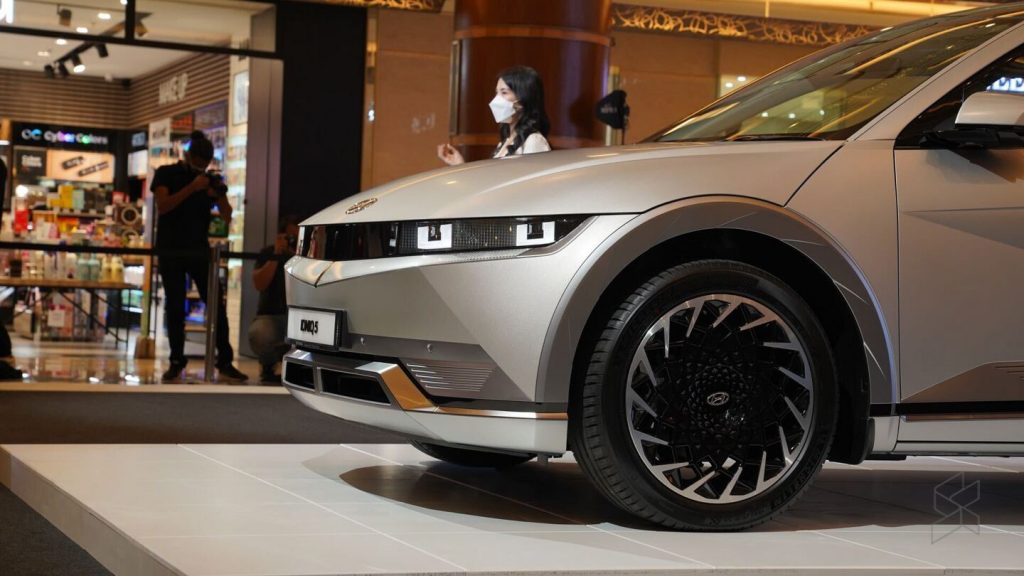
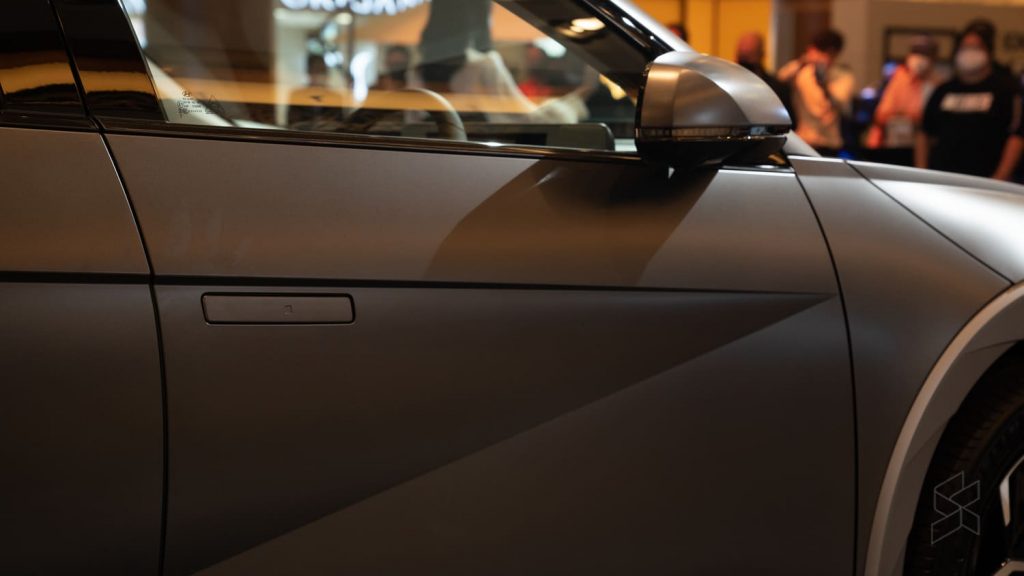
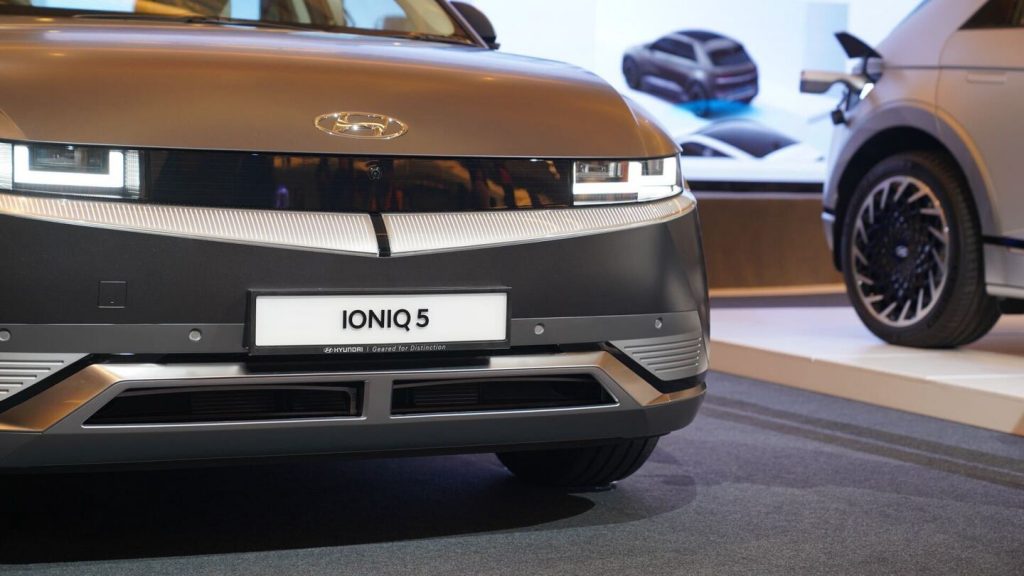
For an additional RM10,000, you can get an extended warranty and service package. This extends the vehicle warranty to 5 years or 100,000km, but the battery pack warranty remains unchanged. Additionally, you also get service and maintenance for 3 years or 50,000km.
Hyundai is also offering Ioniq 5 customers a selection of two AC charging stations.
- 7kW AC charger – RM6,000
- 22kW AC charger – RM7,000
Both prices are inclusive of standard installation. If there is any additional cabling or extended installation required, there will be additional charges.
Hyundai Ioniq 5 supports up to 350kW DC fast charging

The Ioniq 5 is built on Hyundai’s Electric-Global Modular Platform (E-GMP). This is unlike the Hyundai Kona Electric which is built on the same platform as its petrol-powered siblings. Hyundai has also designed the Ioniq 5 to support both 400V and 800V charging infrastructure without the need for additional adapters or converters.
This EV supports 350kW DC charging which can provide an 80% charge in just under 20 minutes. However, this is currently unavailable in Malaysia. So the next best option is to use a 50kW DC charger, which Hyundai estimates can recharge the battery from 10 to 80% in under an hour.
You also have the option of charging at home. With an 11kW AC wall box charger, the 58.2 kWh battery will recharge in five hours while the bigger 72.6kWh battery will take a little over six hours.
The 58.2 kWh battery will be capable of providing 384km of range with a full charge, while the bigger 72.6 kWh will do 430km with a full charge. Both figures are derived from the WLTP test cycle.
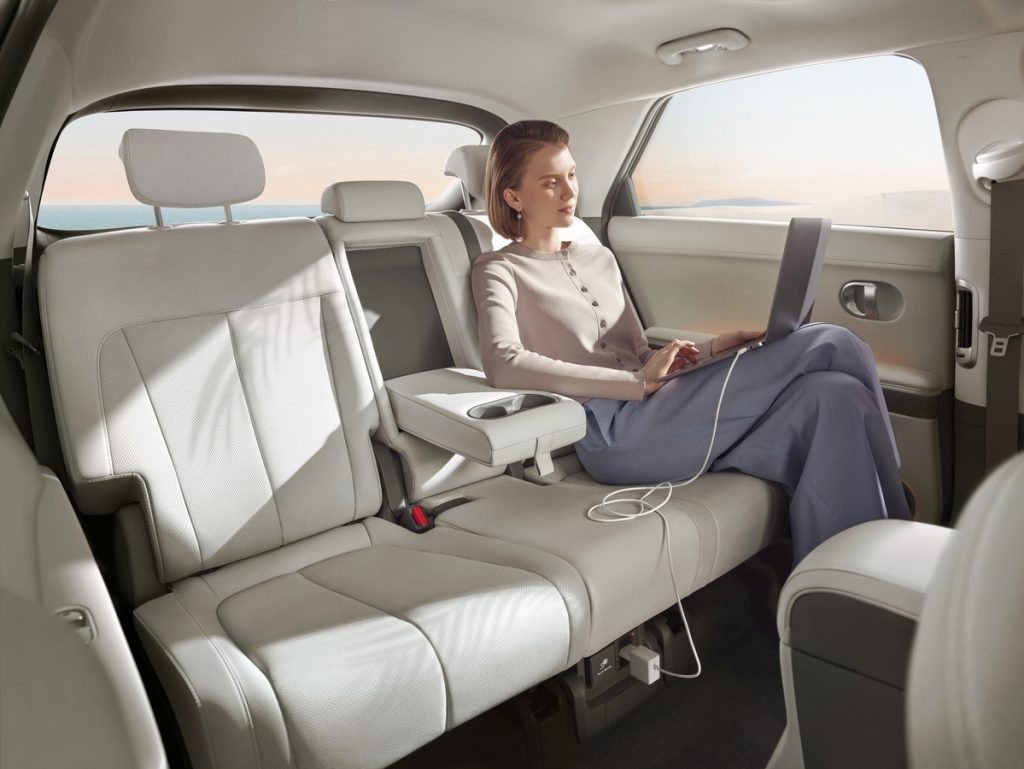
This EV also supports what’s called vehicle to load (V2L). This essentially turns the Ioniq 5 into a giant power bank. There is a 230V power socket at the base of the rear bench seats which can be used for charging, for example, your laptop.
Another neat feature is that the charging port of the Ioniq 5 is bidirectional. This means you can use the car to power other electric appliances – as long as it is within the power range. For example, you can power a mini-fridge during a camping trip via the charging port of the vehicle using an adapter.
8-bit inspired exterior
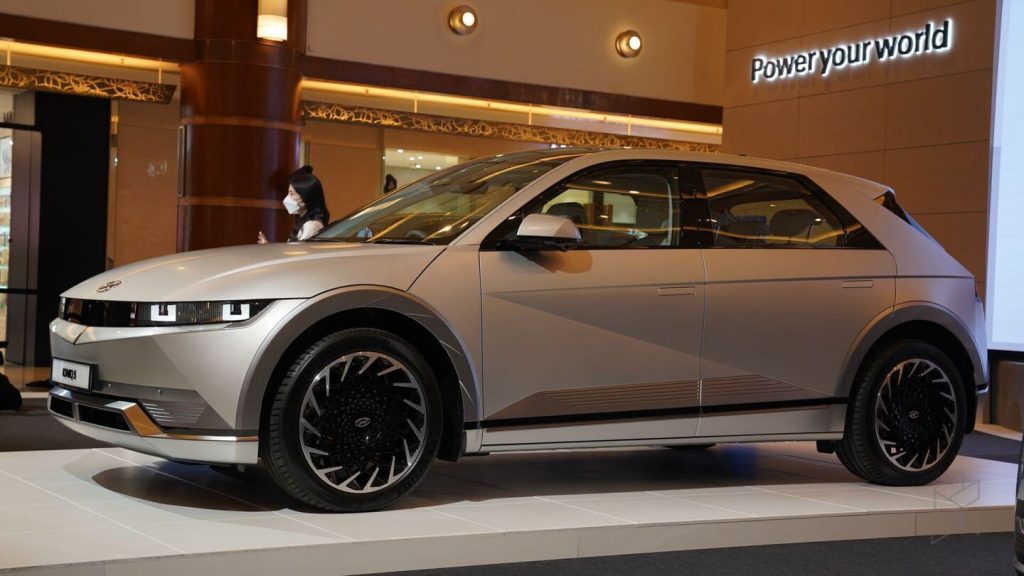
Hyundai calls the Ioniq 5 a crossover utility vehicle (CUV), which could be the first of its kind in Malaysia. In pictures, it might look like the size of a Volkswagen Golf, but in person, it’s much bigger. The wheelbase of the Ioniq 5 is 3 meters long. To put that into perspective, the wheelbase of the Toyota Camry and the BMW G30 5 Series is 2.82 meters and 2.97 meters respectively. The Ioniq 5 Max sits on 20-inch rims while the Lite and Plus models sit on 19-inch rims. All variants get 18″ ventilated disc brakes on all four wheels.
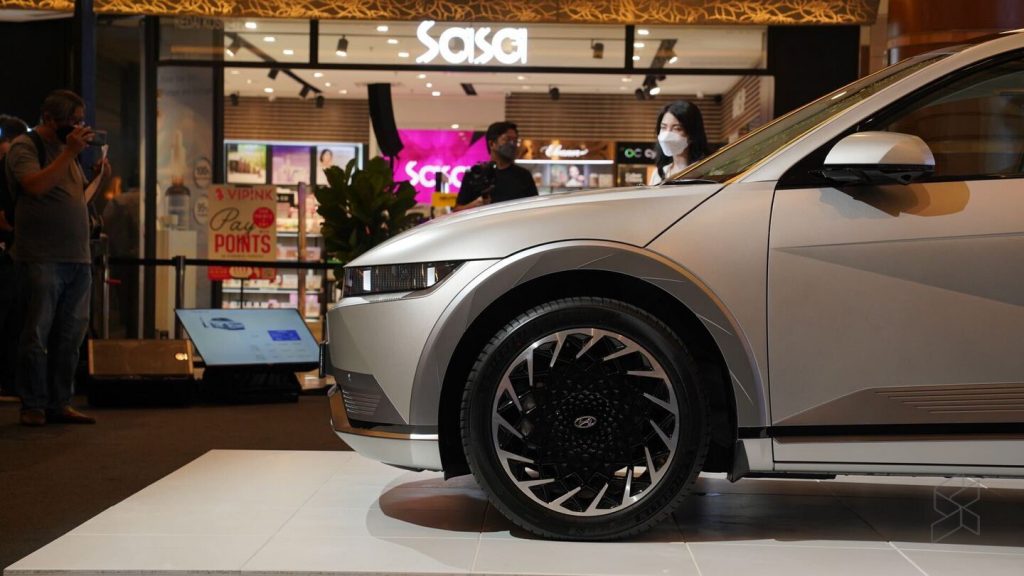
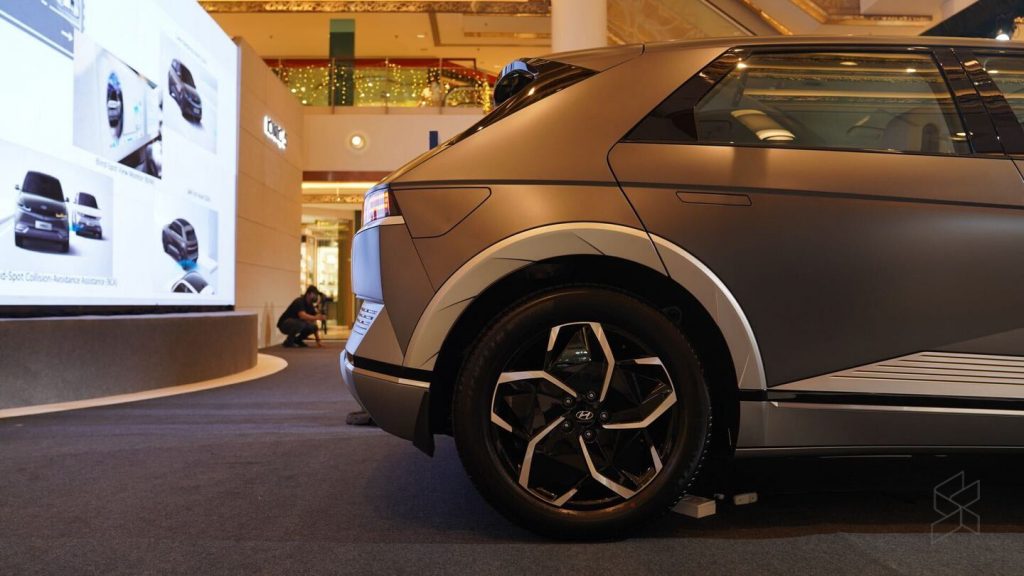
Hyundai’s Parametric Design language can be seen on the exterior body with a Z-shaped line on the side profile. The design is uninterrupted thanks to the door handles that sit flush with the body. There is also a clamshell bonnet which eliminates the cut out for the bonnet seen on conventional cars.
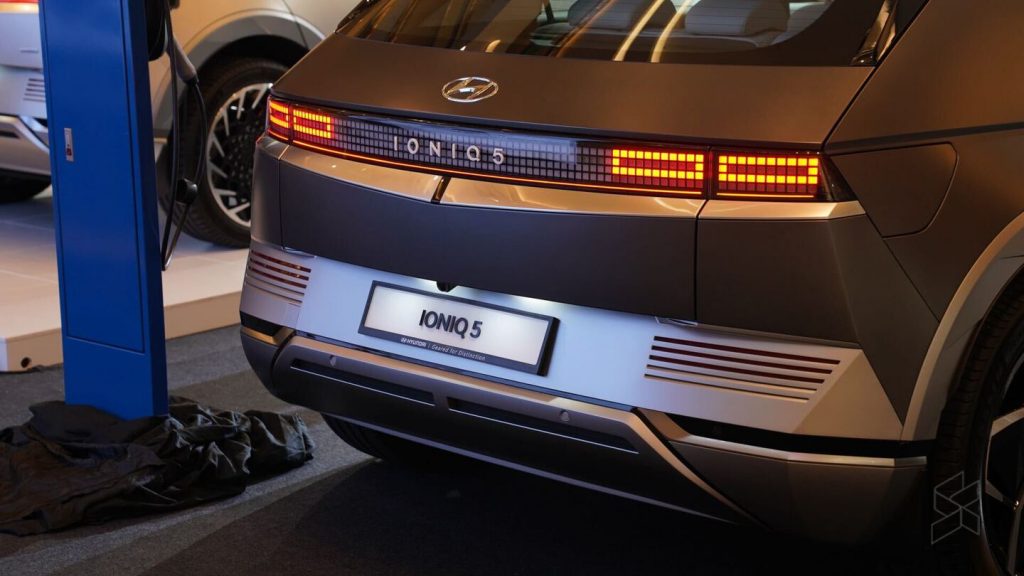
The taillights get Hyundai’s Parametric Pixel style design. It resembles 8-bit pixels found on retro consoles. The hatchback door opens to 527 litres of boot space, which is expandable to 1,587 litres with the seats folded.
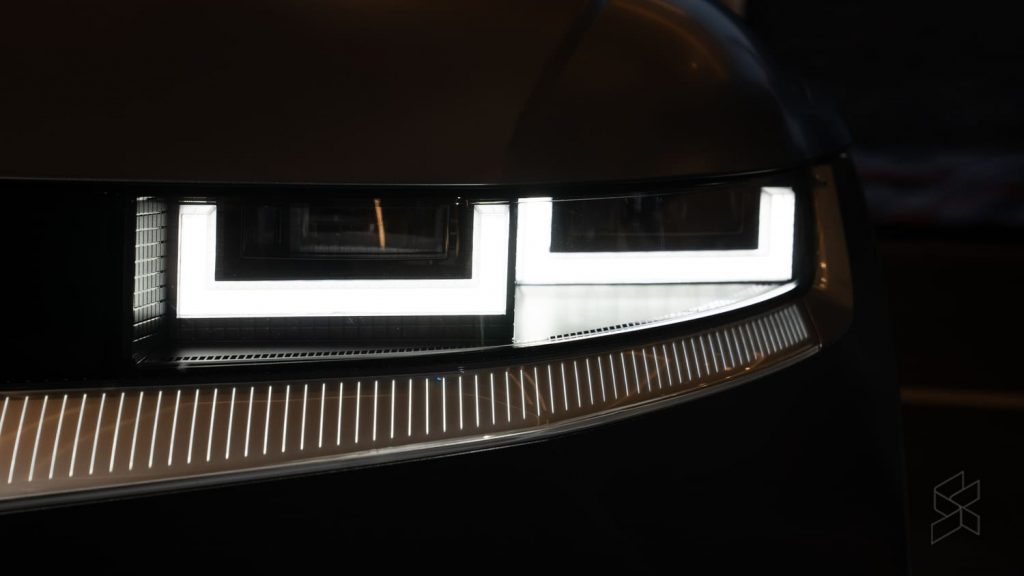
This style also extends to the headlights of the Ioniq 5, which are rectangular in shape. Here, the Lite model is fitted with an LED reflector, while the Plus and Max sports dual LED projectors. All variants get LED daytime running lights (DRL).
One cool piece of equipment that the Max model gets is a solar panel on the roof. The electricity generated from the solar panel will be used to power auxiliary systems in the car like the infotainment system.
Modern interior
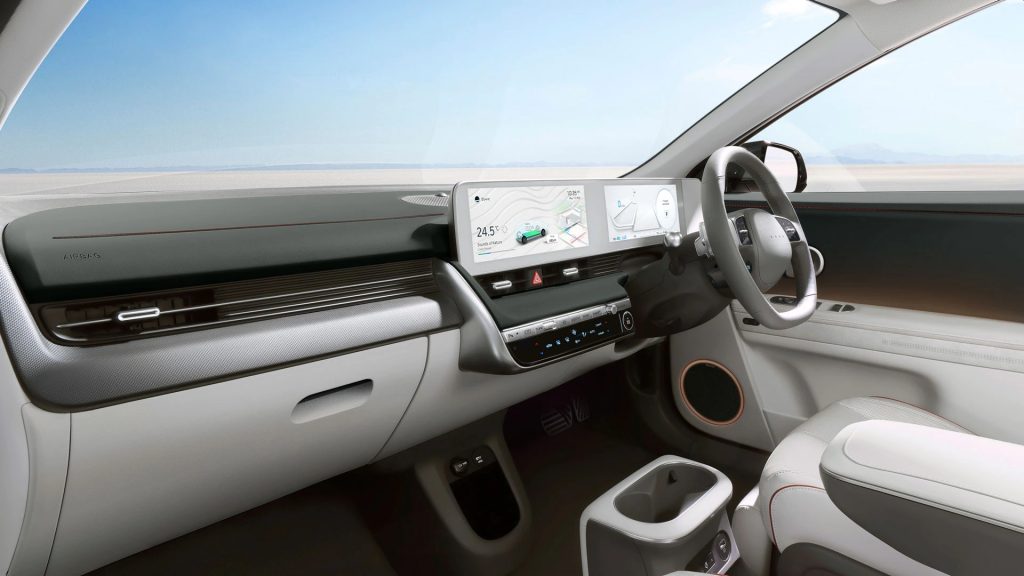
Stepping inside the Ioniq 5, you’ll find a modern-looking interior that still comes with a decent amount of physical knobs and buttons for in-car controls. Behind the steering, it features a 12.3″ fully digital instrumental cluster display and there’s also another 12.3″ touch-screen display next to it for infotainment. It supports Apple CarPlay and Android Auto. The movable centre console between the two front seats comes with a built-in 15W wireless charger that has a cooling function. There are a total of 5 USB ports including 1 for connectivity.
Hyundai has used recycled and environmentally friendly materials for its interior. For the higher-spec variants, the car uses vegan leather which is dyed and treated with oil extracted from flaxseeds. Even the cloth fabric materials are made of sugar cane fibres, polymer yarns and wool. Hyundai has also incorporated the use of recycled PET plastic bottles as raw materials.
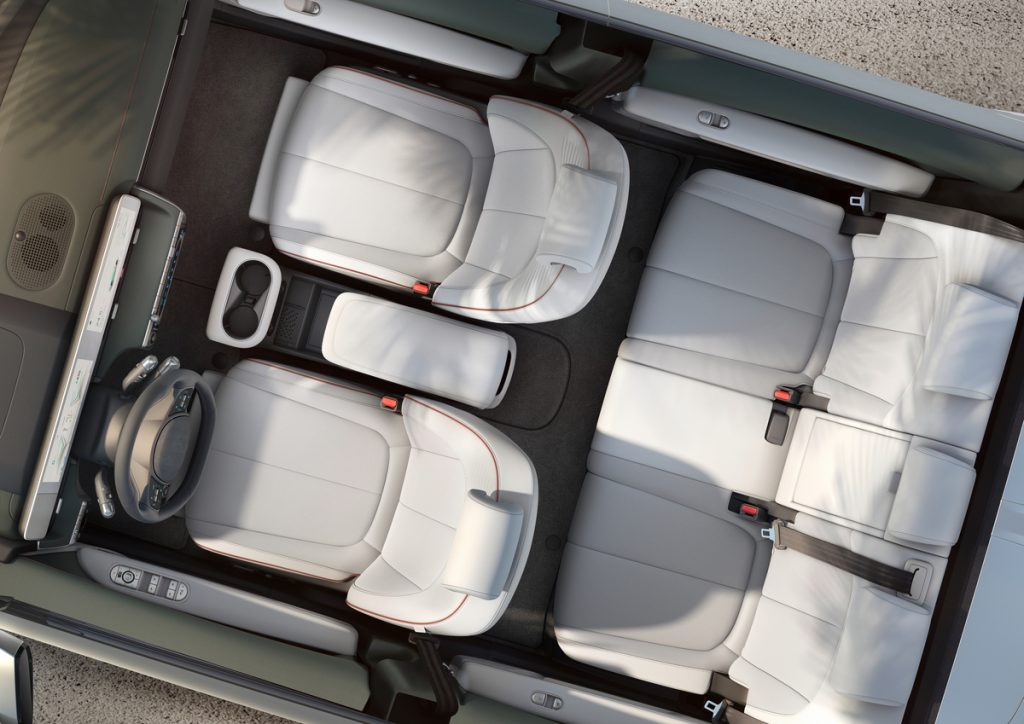
For the base Lite model, the EV offers fabric seats and power adjustments only for the driver seat. Moving up to the Plus variant adds leather seats and power adjustments for the front passenger seat. The top-of-the-range Max variant ticks all the boxes and it adds a massage function for the front seats and powered rear seats. The Max variant also gets a heated and ventilated function for all seats in the car.
As for the audio system, the Max variant gets a premium seven-speaker Bose sound system, complete with a subwoofer and amplifier. The other two variants make do with just a regular OEM 6-speaker set-up.
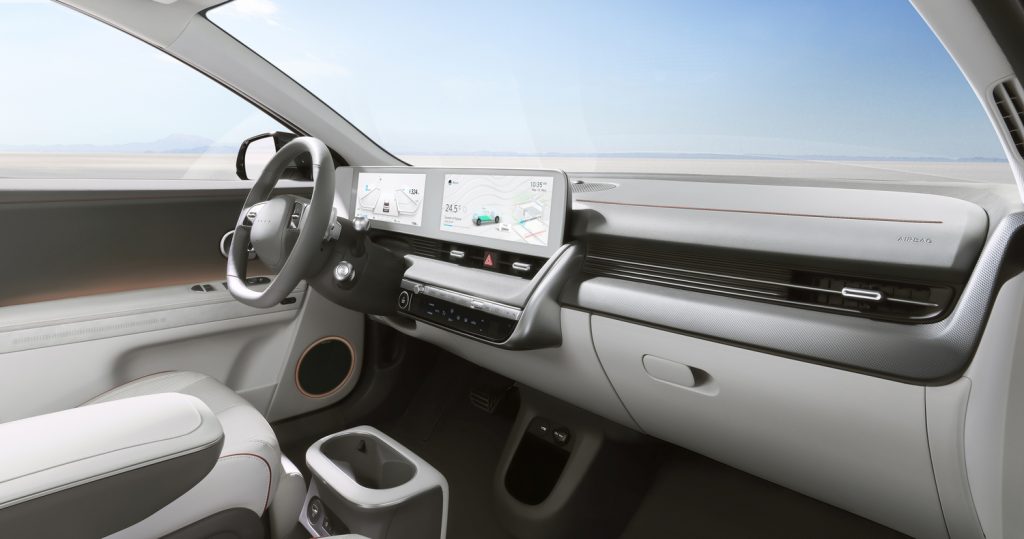
Buyers of the Lite and Plus models will be limited to an all-black cabin. But if you go for the Max option, you can choose either a full black or two-tone finish with dark or light grey seats. One of the two-tone selections also offers a dark green dashboard.
All models get Hyundai Smart Sense
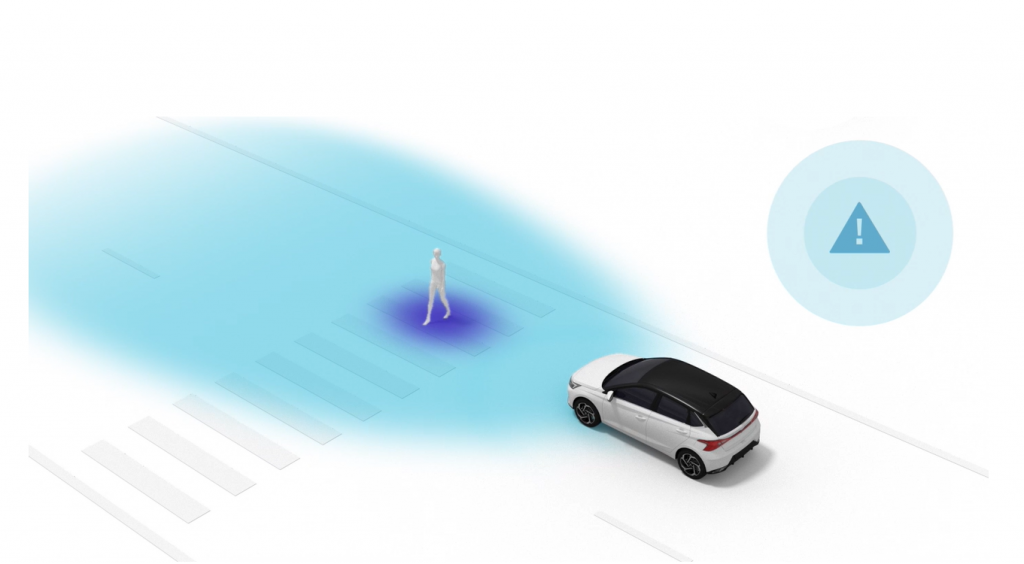
The Ioniq 5 features Level 2 autonomous safety technology with Highway Driving Assist II. The system is called Smart Sense and it is available as standard for all three models.
This system is made up of forward collision-avoidance assist, lane follow assist, lane keep assist, blind-spot monitoring with collision avoidance assist, leading vehicle departure alert, rear cross-traffic collision-avoidance assist, driver attention warning, high beam assist, speed limit assist and adaptive cruise control with stop and go function.
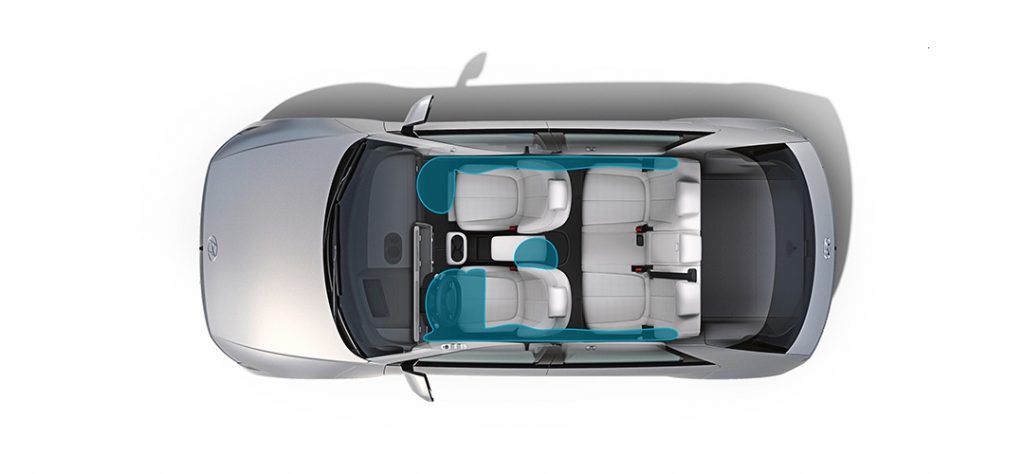
It also gets 7 airbags which include a driver’s seat centre-side airbag, anti-lock brakes, electronic stability control, traction control, and hill start assist as standard.
However, the 360-degree surround-view camera, blind-spot view monitor which shows the blind spot via a camera feed on the digital instrument panel, and active Safe Exit Alert are only specified on the Plus and Max models.
So what do you think of the Hyundai Ioniq 5? Is this the best alternative to the Tesla Model 3 in Malaysia? Let us know in the comments below.

